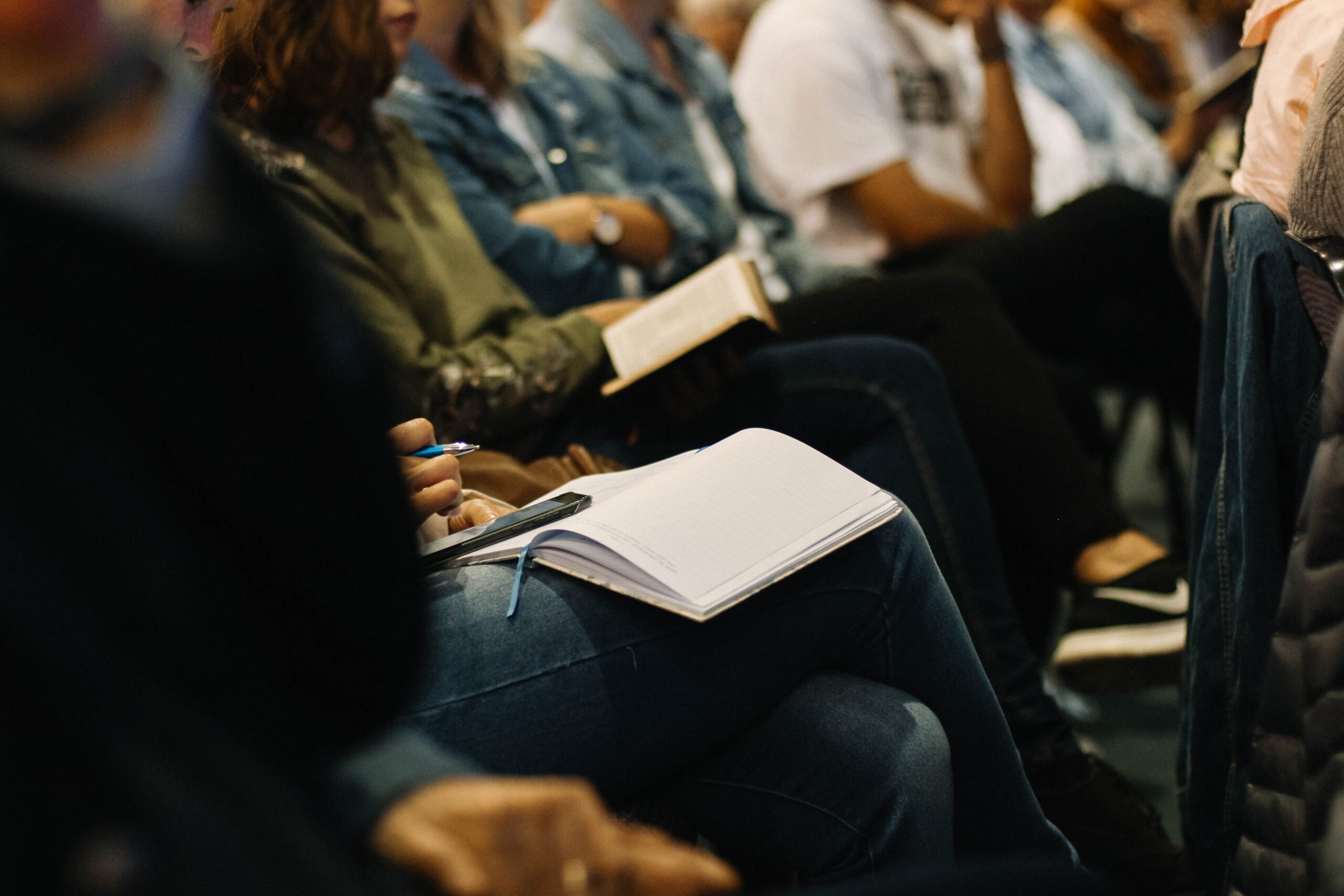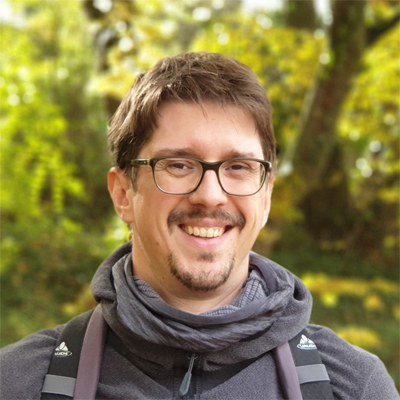A workshop about Virtual Reality
Last weekend, I spent my time in a little German town called Weiden in Bavaria. I participated in an interdisciplinary workshop on Virtual Reality and the potential to use it to talk about the past. Little did I know, that I was the only archaeologist there in a room full of people doing Memory Studies, Public History, or Reenactment Studies.
The workshop

The workshop was called “Beyond the Time Machine. Understanding Virtual Reality in Historical Culture” and was organised by the University of Regensburg and the University of Cologne. It took place at the concentration camp memorial of Flossenbürg. Presentations included topics like the immersion of museum visitors in museums, reenactment as a immersive social practice or VR as a perspective and emotion training device.
The keynote by Prof. Wulf Kansteiner of the University of Aarhus was given the following day. He talked about immersion, AI and the future of historiography. The second day offered presentations about representations of the Holocaust in digital media or VR as a tool for teaching. After a wrap-up session, we finally listened to a talk from a New York-based artist. She is creating art on the topic of grief in VR and AR and showed some examples.
My contribution
I myself was asked to talk about the role of Virtual Reality in archaeology. I started out with some examples from the University of Cologne and the Humboldt University of Berlin. Then, I continued talking about the advantages of VR in learning and teaching archaeology. At last, I switched to the topic of critical visualisation. The last point was especially important to me, as this covered a lot that I was researching during my PhD.
Starting from VR I actually travelled back in time to the Industrial Revolution. Here, the concept of the world as a museum came up. The biases and stereotypes developed in that time – and especially within archaeology – tend to transfer through media to the present. They transferred therefore into Virtual Reality as well. You can have a look at my slides here: 10.5281/zenodo.7264920.
My Take-aways from a workshop on Virtual Reality
At first, I was a bit confused how I actually could contribute to a room full of people researching the depiction of the past for years. As an archaeologist, I only touched these topics briefly. But it turned out, that the view from archaeology was actually quiet interesting and we ended up discussing a lot the possible cross-overs between archaeology, media studies, memory studies, and public history.
I have to say, I really enjoyed the workshop and the discussions with people outside of archaeology. In my opinion, this is the place where we start to think outside of the box and are able to create something new. In science, we tend to specialise more and more and stay in a very narrow circle of people who actually understand us. But this is not always the best way. Discussing with people that do something else is often very enlightening and one only needs to get rid of the fear of saying something stupid. I certainly did.







